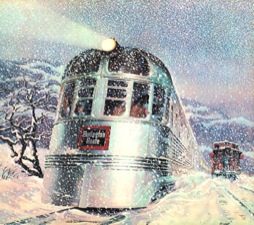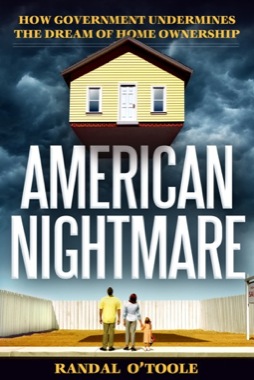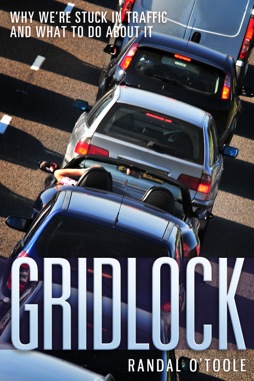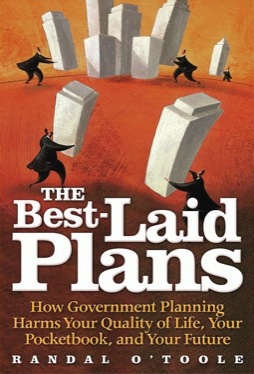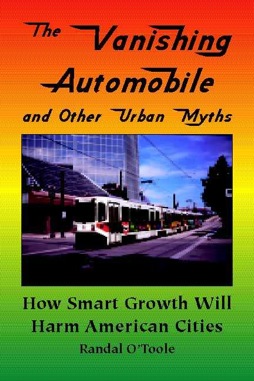Seattle is building the most expensive light-rail system in the world, yet Seattle Times writer Jon Talton defends it saying “the economic benefits are clear.” Those benefits, apparently, are that a handful of people are able to live without a car, yet it doesn’t occur to Talton that the came benefit could be obtained with a much lower-cost bus system.
Photo by wings777.
According to the American Community Survey, the Seattle urban area had 1.9 million workers in 2023 and fewer than 16,000 — that’s 0.8 percent — took light rail to work. The survey also found that only 28 percent of transit commuters didn’t have any motor vehicles in their households, and if that applies to light-rail riders, then fewer than 4,500 Seattleites live without cars due to light rail. Continue reading

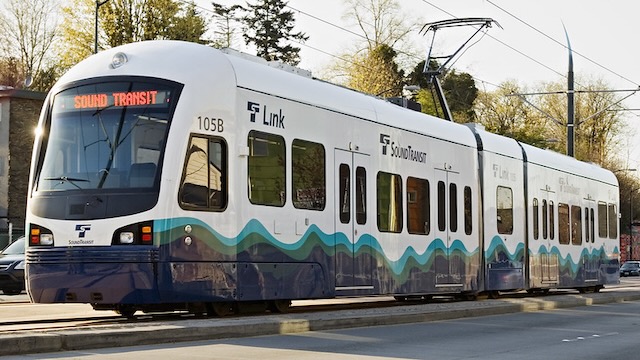
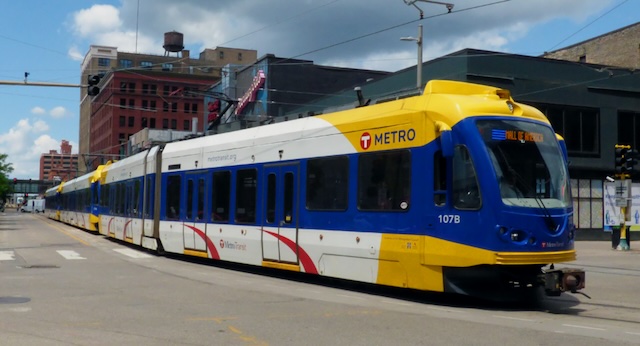
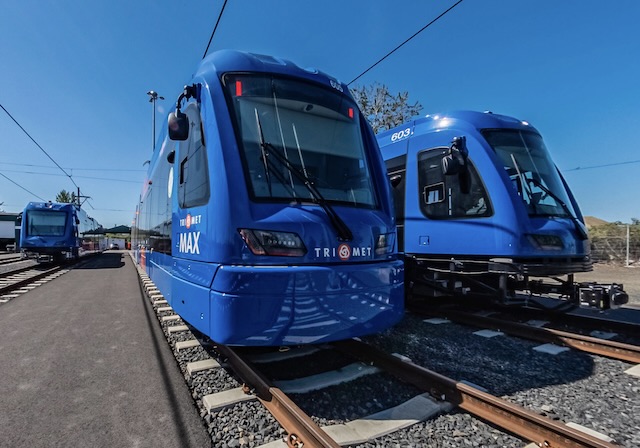
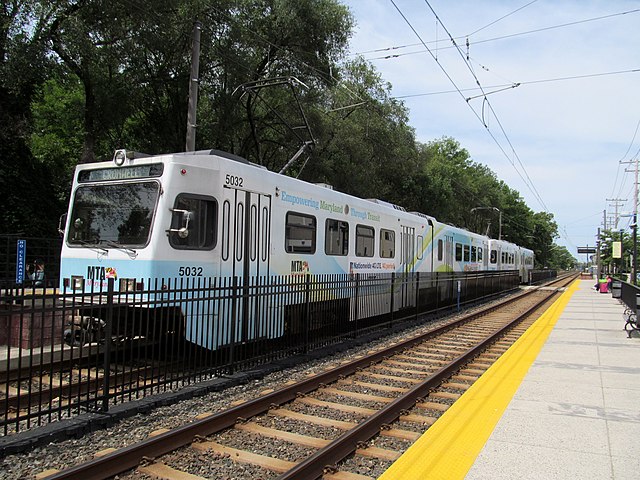
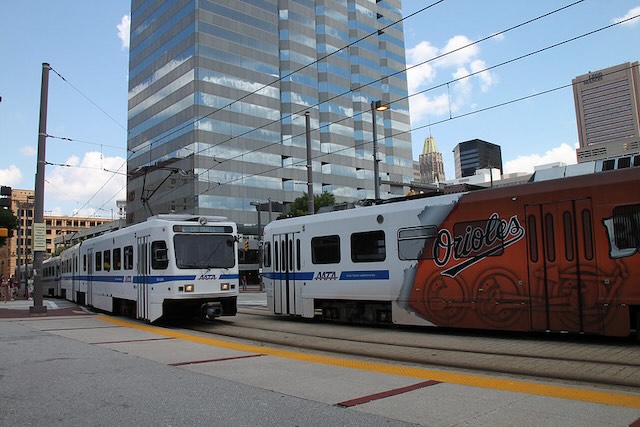
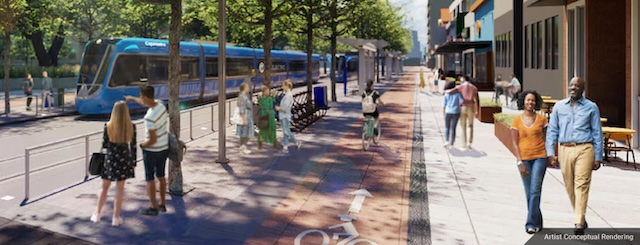
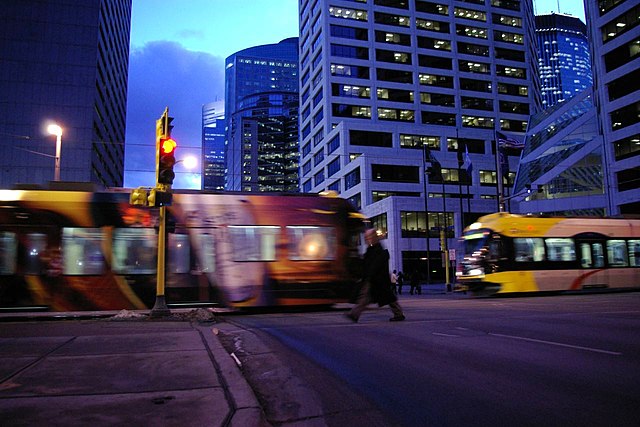
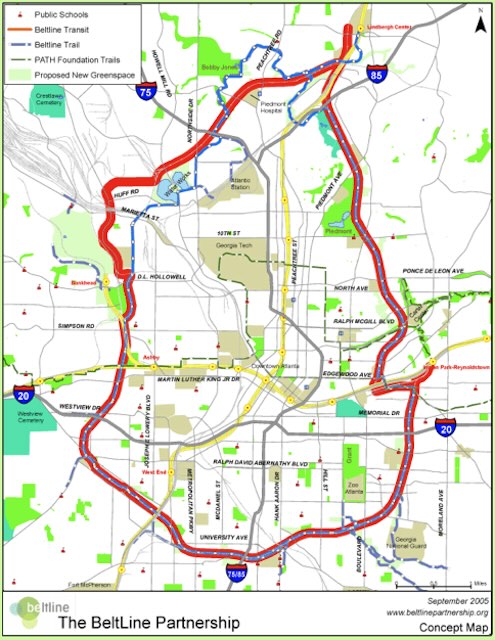 Proposed route of Atlanta beltline transit system.
Proposed route of Atlanta beltline transit system.